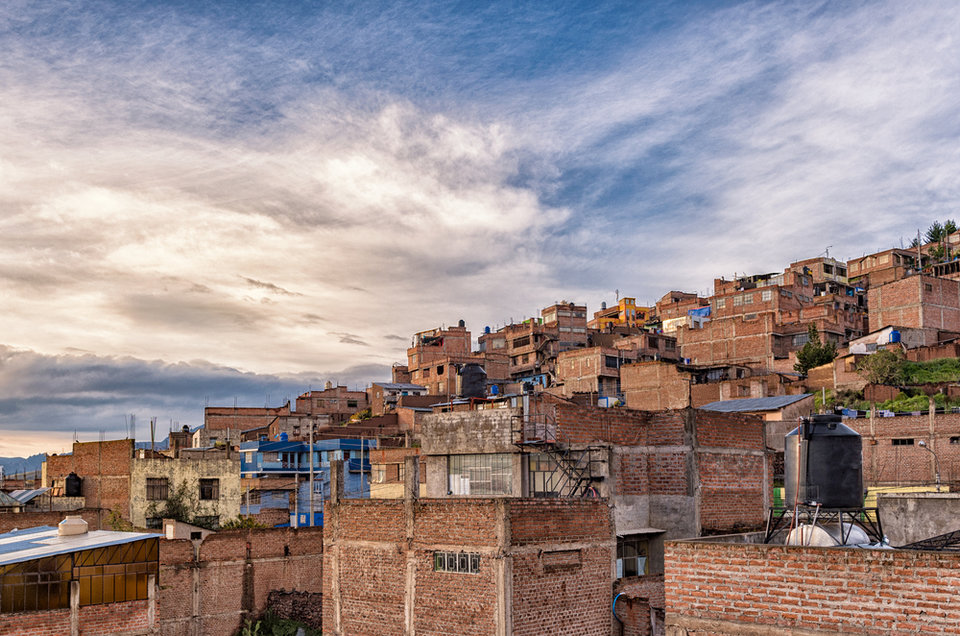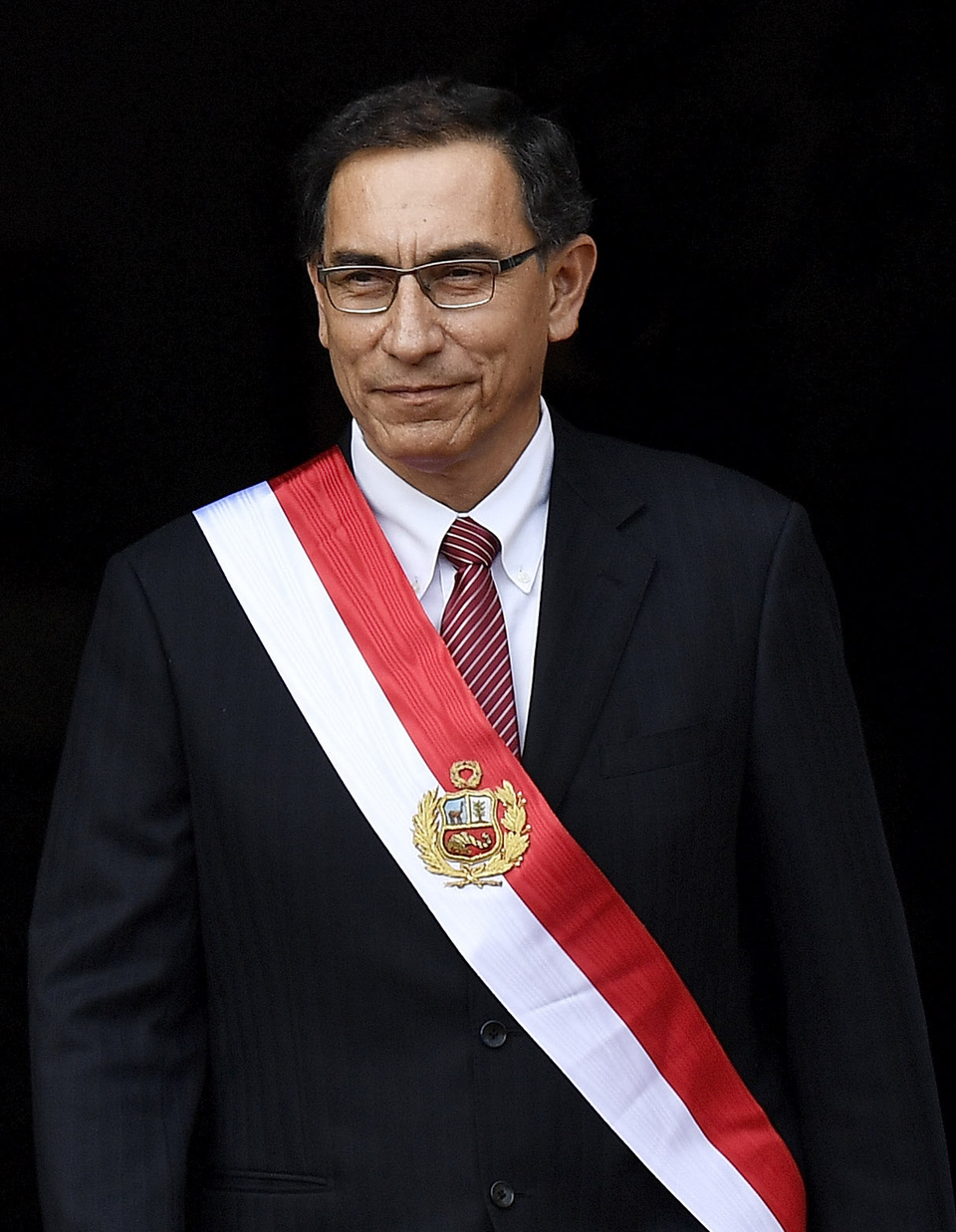Cracking the lithium triangle: will new legislation open the gates for Peru?
Globally, lithium resources are dominated by Argentina and Chile, but a recent move by the Peruvian President to open the country’s resources is raising the prospect of a mining boom. The project goes hand-in-hand with a uranium development, but a lack of regulation around mining radioactive minerals has been flagged as a concern. Molly Lempriere reports
Scroll down to read the article
Chile is one of the biggest lithium producers in the world accounting for 14,100 million tonnes (mt) in 2017. Argentina is close behind, with 5,500mt, while Bolivia is pipped to join them, as the third point in what is generally referred to as the ‘lithium triangle’.
But there’s a new kid on the block. Following discoveries of lithium resources by Canadian miner Plateau Energy Metals, Peru has started to stake its own claim, after an estimated 2.5mt of high-grade lithium resources and 124 million pounds of uranium resources were found in the south of the country, the first discoveries of their kind.
“South America hosts some of the world’s most significant lithium deposits, particularly across the ‘lithium triangle’ of Chile, Argentina and Bolivia,” says SP Angel metals and mining research analyst James Mills.
“The discovery is in Peru’s southern region of Puno, near the border with Bolivia, and represents the first discovery of hard-rock lithium deposit in South America. The President [of Peru] is trying to establish regulated development of the resource – with estimations of approximately $500m value per year of exports – to support continued growth of the nation’s economy.”
In August, the Peruvian President Martin Vizcarra announced that he was looking to introduce the laws necessary to tap into the uranium resources within six months. This ambitious goal has caused both excitement and concern, but will it be the key that opens Peru up?
The largest lithium mine in the world
Lithium is currently a huge growth area within mining, thanks to a sustained interest in battery technology, which is being driven in particular by electric vehicle advances.
“Headline figures suggesting around 2.4mt of lithium resources – from approximately 20% of the exploration licence area – could represent a globally significant project,” says Mills. “This resource represents the sixth largest identified lithium resource global (according to 2017 USGS figures), ahead of Canada. The company is undergoing another 10,000m of drilling, which is expected to provide an updated resource statement.”
The uranium and lithium resources are located in two projects, separated by a distance of approximately 25km. The Falchani Lithium Project consists of a hard rock deposit, with a large mineralised footprint, at 20% drilled. Lithium deposits fall under the Industrial Minerals Category in Peru, and thus have the legal framework to aid fast development.
The Macusani Uranium Project has an estimated net present value of approximately $600m, making it a significant asset for both Plateau and Peru. Its development will be more complex however, due to legislation gaps.
Plateau Energy Metals is now seeking a partner to help develop the deposit, which is at its Falchani site in the highland region of Puno. It is believed that if and when mining comes to fruition, it will be the world’s biggest lithium mine.
Taking a holistic view and pursuing the radioactive mineral together with lithium presents further economic possibilities

Puno, Peru
Peru represents a leading global producer of minerals, for example it is the largest gold and lead supplier in Latin America
Realising the potential as soon as possible
President Vizcarra has announced his intention to open the area for excavation in the next six months, an ambitious timeframe. Lithium and uranium have not previously been produced in the country, so whilst the production of such prized minerals poses a great opportunity, Peru’s energy and mines ministry will have to produce an entirely new legal framework for the aspects of the production of uranium.
“For uranium, you can mine and produce uranium under the current Peru general mining law, but what isn’t in place is the legal framework for the transport and export of uranium,” says Plateau CEO and director Alex Holmes. “In any uranium producing country there is a legal framework which is required for international reasons to effectively have secure logistics for the transport and export to conversion facilities.”
While Peru is new to both the lithium and uranium markets, however, it has a vast history of mining projects. As such, with the support of the government, the currently legislative insufficiencies do not seem to pose much of a concern for the projects.
“Peru represents a leading global producer of minerals, for example it is the largest gold and lead supplier in Latin America, so the framework for mining legislations are well established,” reassures Mills. “Both the lithium and uranium industries are rapidly growing so the short timeframe could represent an accelerated process to capitalise on the end-use markets.”
Following the opening of the area, production at the $800m mine will take years. However, this is something that once again is aided by the hard-rock nature of the deposit.
“One of the advantages of the hard-rock projects is that you can get them to a cash flow production situation much quicker than you can for a corresponding brine project,” says Wardell Armstrong International and FAME project coordinator Chris Broadbent. “With a hard-rock project, it is somewhere between three to five years that you can start producing mineral concentrate, for a brine project you're talking about somewhere between five and ten.”
By developing a legal framework in the shortest possible time, Peru will be able to begin reaping the benefits of the looming uranium demand growth. It is predicted that uranium demand will rise roughly 40% by 2025, causing a consequential increase in price. The country’s Mining Royalty Law means that revenues from the mine should be distributed to the local authorities where the mine operates, ensuring that its operations benefit the local region of Puno.
“Plateau Energy Metals could have a strong economic impact on the region, drawing international investment into historically one of the poorest regions of Peru,” says Mills. “Mining provides major direct and indirect employment opportunities plus spending on infrastructural improvements including roads, water supply etc.”
President Martín Vizcarra Cornejo.
Credit: Wikimedia Commons

Protecting Puno with sustainable mining
While the discovery poses an impressive opportunity for Peru, there are challenges that will need to be overcome, in particular with regards to protection of the local region.
Mining is a disruptive process that can create large amounts of waste and noise pollution, as well as have a significant impact on water.
“In an area dominated by agricultural activity, it is important to maintain better land use and planning, suggesting that government classification need to be mandatory and obligatory,” says Mills.
Both Newmont Mining’s Conga gold project and Southern Copper’s proposed Tia Maria copper mine are currently being stalled by farmer protests. In a country so dependent on agriculture, the environmental impact of the lithium mine must be guaranteed.
The speed at which the law changes are being proposed have therefore caused concern. “The new law could worsen environmental impact of mining in the region, removing the requirement for projects to have formal environmental certificates in place before launch,” says Mills.
Fears may be particularly pronounced due to the production of uranium, as radioactive material extraction is linked to a number of health risks such as lung cancer, which can be caused by protracted radon decay exposure. This will be the first time the metal is produced in Peru, and as previously mentioned regulations around the mineral have yet to be fully developed.
“A concern surrounds the current lack of legislation to regulate the radioactive material, however it could represent a chance to develop a long-term strategy on sustainable mining of these metals,” says Mills.
Time will tell whether the new uranium legal framework is sufficient to ensure environmental protection, and whether they will be firmly imposed. The magnitude of the deposit however will undoubtedly have an impact on the lithium market, Peru and South America.
“The company needs to assess the economic extraction potential of lithium to translate Falchani into an economically-viable reserve statement, but Peru could expand the ‘lithium triangle’,” says Mills.
In a country so dependent on agriculture, the environmental impact of the lithium mine must be guaranteed
